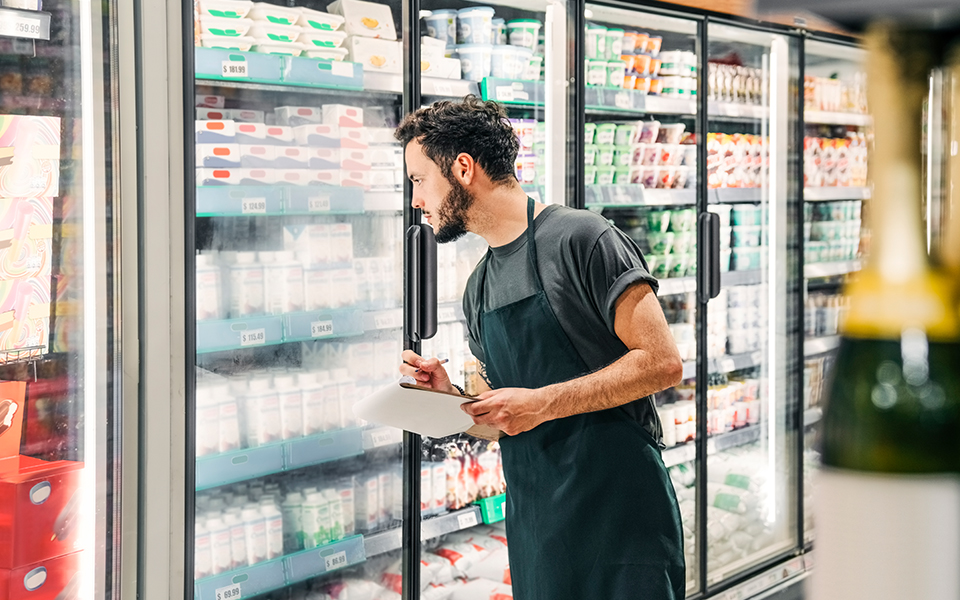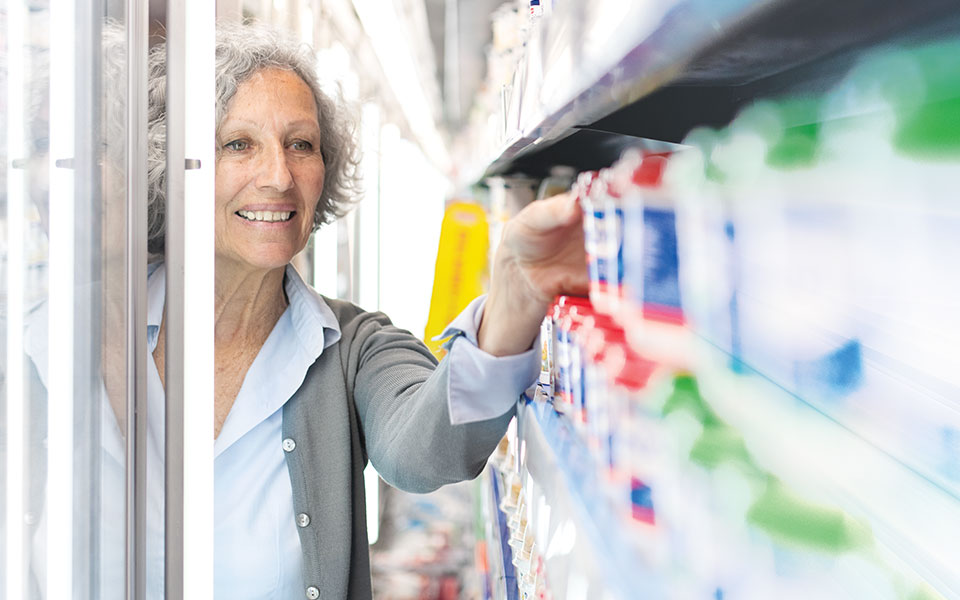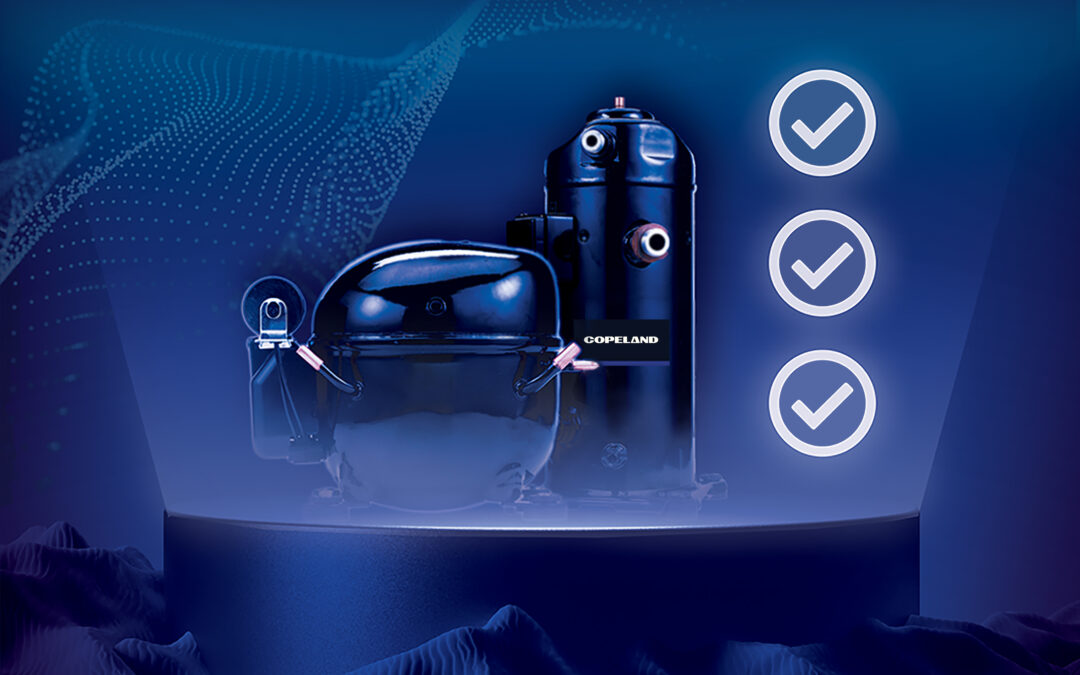*On June 1, 2023 Emerson’s Climate Technologies business became a new standalone company – Copeland. Though our name has changed, we are building on more than a century of HVACR innovation and industry leadership, and Copeland continues to offer the same products, industry stewardship, and learning opportunities you’ve grown to trust. Information found on this webpage posted before June 1, 2023 may contain our old name or branding, but you can be at ease knowing it was created with the knowledge and expertise of Copeland.
Food safety is more prominent than ever in the minds of consumers. Evolving technology is giving industry leaders opportunities to streamline their operations, while government regulations are emphasizing the need for security in food safety. To read the full article featured in Food Safety Magazine, click here.

With trends shifting toward health-conscious lifestyles, consumers have become much more discriminatory about the quality (and especially) the safety of the food they eat. The concept of food supply chain traceability has allowed food producers to ensure food safety at every step of food’s journey along the supply chain and provide consumers with transparency about the food they’re eating.
Along with consumer preferences, there are also regulatory drivers pushing for better traceability. The Food Safety Modernization Act (FSMA), enacted in 2011 by the Food and Drug Administration (FDA), introduced the most sweeping changes in food safety legislation in recent history. With the FSMA, the FDA had a legislative mandate to help secure food safety throughout the entire supply chain — with renewed emphases on temperature management, tracking and recording. Despite uncertainty in terms of the rigor in which the ruling will be enforced, many businesses are getting ahead of legal enforcement and have already begun adopting changes.
Driven by new temperature management technologies and a desire to adhere to FSMA guidelines, automated temperature monitoring is finding broader adoption throughout the supply chain — from harvest and processing to transportation, post-processing, distribution and receiving. Here are a few examples:
Transportation pallet tracking
Many leading growers have transitioned to using real-time trackers the size of a deck of cards at the transportation pallet level to determine conditions for food freshness throughout its journey. Previous methods included hand-recording temperatures at load and unload, or analog sensors that changed colors to detect out-of-range temperatures.
Refrigerated container management
Shipping companies are deploying remote monitoring systems for intermodal containers. When they detect problems with the compressor, system runtimes, interior temperature or lighting conditions, they can route the container for repair. This same data is also valuable to monitor the condition of perishable foods transported within the container.
Automated systems in final distribution
Even short periods of out-of-range temperatures potentially increase food safety risks. Loggers record temperature conditions throughout the journey to a retail destination and connect automatically to Wi-Fi based systems at a final receiving point to provide nearly instant validation of safety. Shorter trips mean there’s less of a need for always-on functionality, potentially reducing the cost of the solution.
Retail stores and restaurants
Building controls are gaining additional adoption outside the grocer space to help maintain food safety. Even systems that still rely on manual actions by store employees can be augmented with IoT- and cloud-based solutions, allowing for direct recording to the cloud and providing store operators with information that can be leveraged to help manage FSMA’s food safety/documentation requirements.
What’s next in food safety? It’s a safe bet to assume that stakeholders throughout the supply chain will make better use of automated and shared data, applying temperature management and data gathering solutions to the entire food supply chain, rather than individual silos. It’s also becoming more likely that the world’s largest retailers will voluntarily seek approaches that embrace a more complete food chain interdependence — including the needs to capture and share data at every step. Food quality and safety are becoming true brand differentiators, and the effective use of temperature management automation throughout the supply chain could go a long way toward helping build consumer confidence.
To read the full article featured in Food Safety Magazine, click here.

Electrical component considerations for A2L system safety
Electrical component considerations for A2L system safety As a new refrigerant category in the...

A2L refrigerant regulation updates: what you need to know today
Preparing for the approval and safe use of A2Ls in commercial refrigeration applications The move...

Address Efficiency Mandates with Compression Technologies
Strategies for complying with DOE and ENERGY STAR® in self-contained and remote condensing units...
